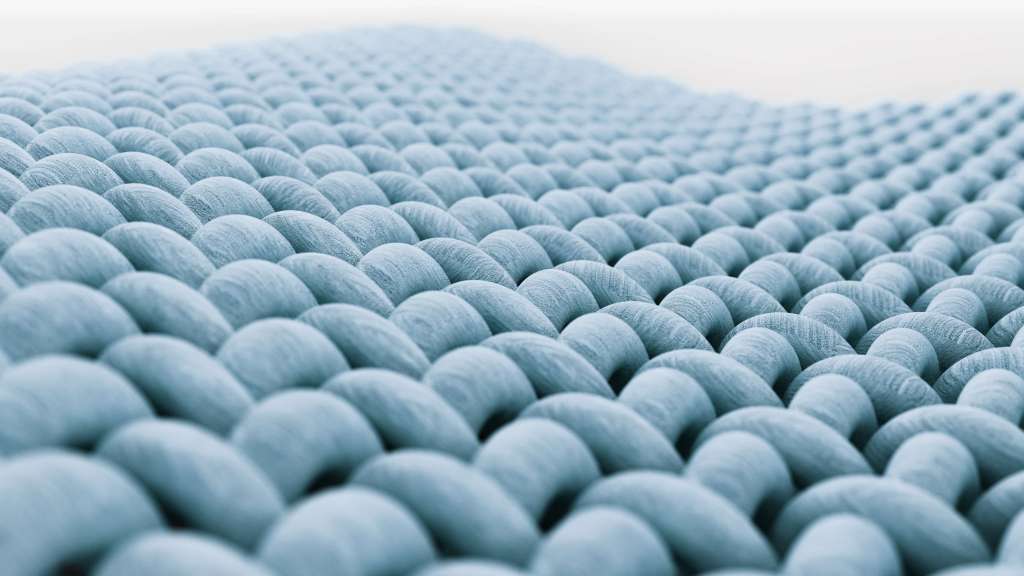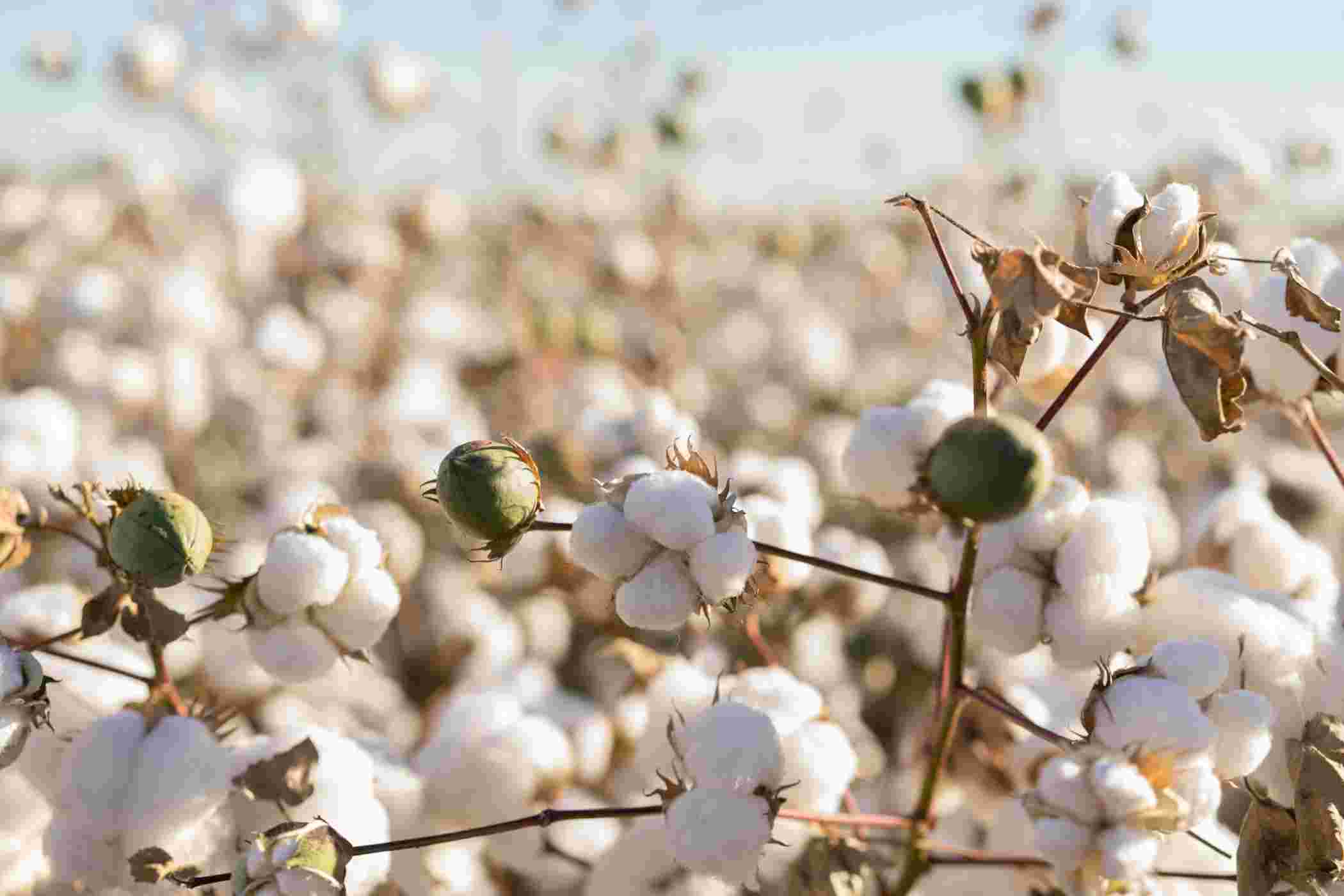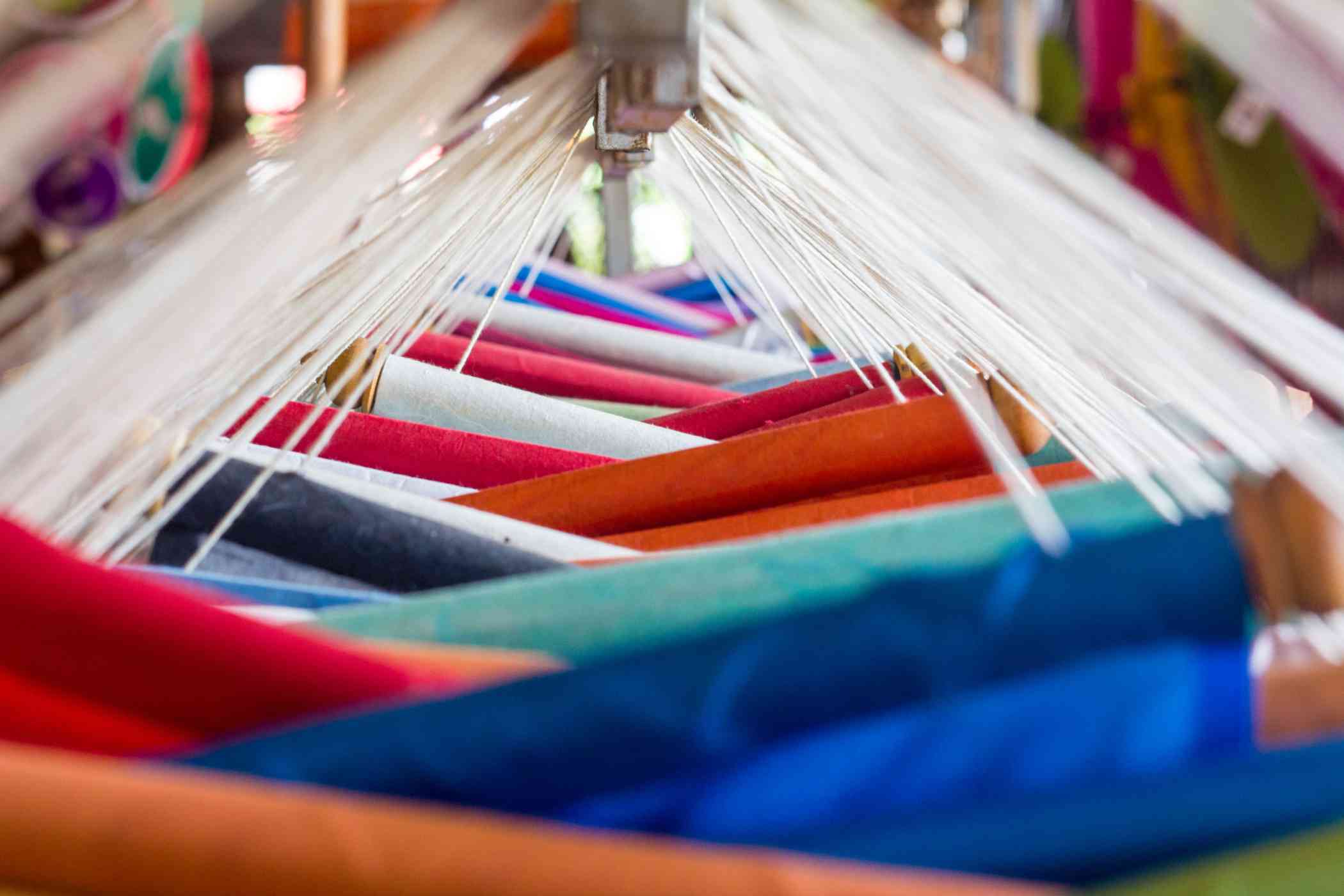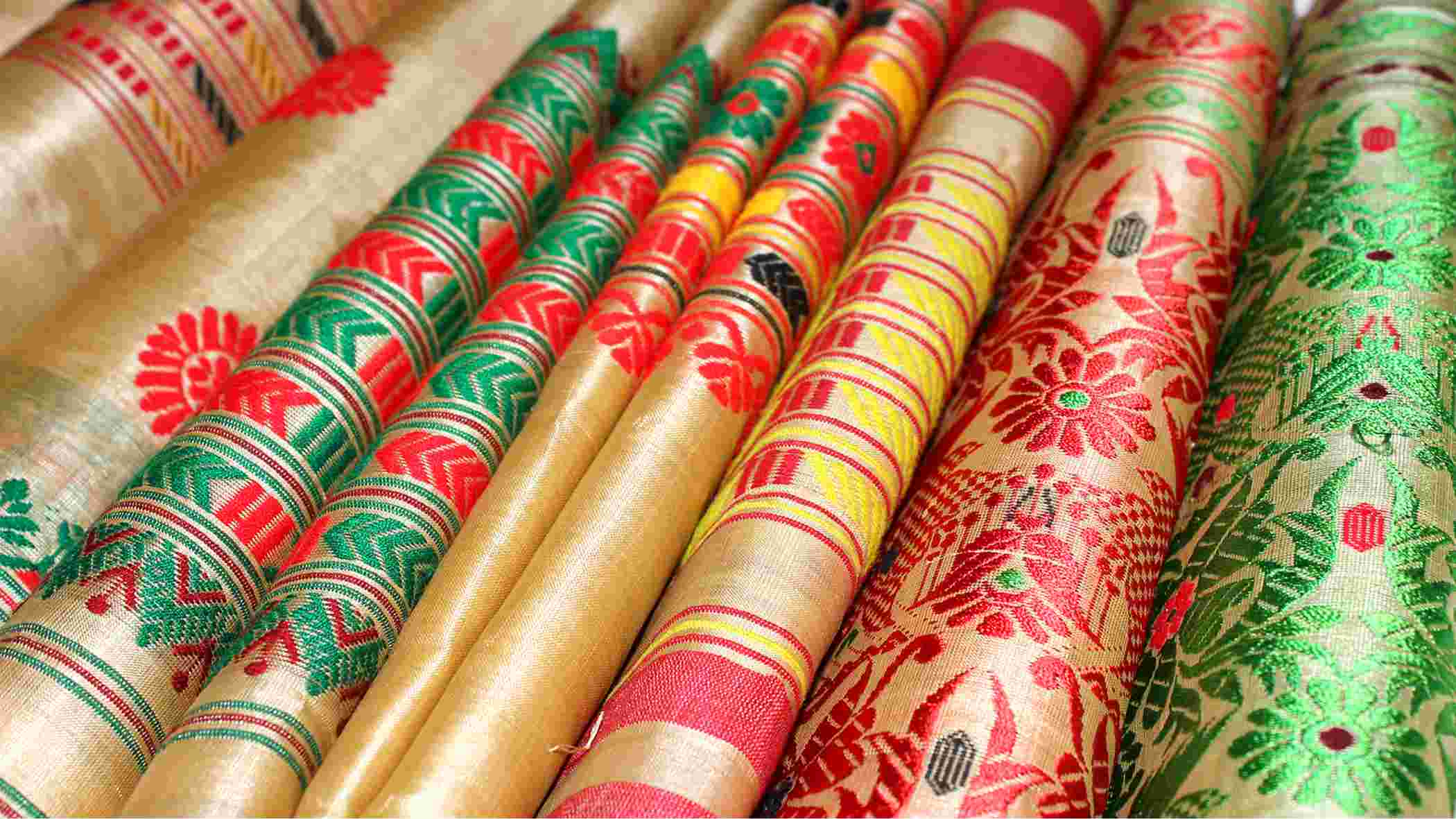How to Determine Warp and Weft in a Woven Fabric?



Introduction
With winters around the corner in most parts of the world, fashion has taken a turn around. Lately, one can observe many fashion trends and shifts taking the world by storm.
As the world moves, fashion is descending back to its roots with the styles of old civilizations doing the rounds. Take, for instance, the topic of discussion for today, warp and weft in woven fabrics.
Woven fabric, i.e., textile formed through weaving, has two series of threads. It is spun by weaving individual fibers together rather than knitting them around. The yarns are usually interlaced together at right angles. Depending on which direction these threads run, they are called warps and wefts. Learn more about the significance of each element for a woven fabric in this article.
What is Warp?
The yarn which lies parallel to the fabric edge is called warp. Warps are the yarns determined lengthwise or longitudinal to the fabric. They are held stationary.
During fabric formation, one initially draws the warp yarns from the warper beam and then stretches them. The weft yarns drawn during the weaving process are later placed through them.
The strings form a parallel sheet of yarn wound onto the beam through the warping process. The main aim of warping is to obtain a warp sheet with the desired length and number of yarns weaved in parallel.
What is Weft?
Weft, sometimes referred to as woof, are the threads woven horizontally. One draws the transverse weft and inserts it over and under the warp. It is shuttled back and forth across the warps to weave the fabric. They usually run from selvage to selvage.
As the weft governs the horizontal direction, the threads are mostly shorter. The weft threads are often attached to a shuttle that runs back and forth through the warp.
Which is a stronger thread - Warp or Weft?
When one carries a part of the fabric, it feels stronger lengthwise than widthwise. Similarly, the weft threads usually run and roll across the fabric whenever one cuts a clothing piece.
That is because the warp is stronger than the weft. The warp thread is pulled tightly on the loom and bears more tension as compared to the weft, which barely carries any load. The weft thread is woven in and out of the warp to craft a delicate woven fabric. It is usually the weft threads that are seen running and rolling out across the fabric whenever the clothing piece is cut.
Determining Warp and Weft in woven fabrics

Both warp and weft have an uncanny resemblance to each other. Hence, it becomes crucial to understand and distinguish between the two. Here is an easy guide from Fashinza to help you understand the varied structure and design of warp and weft yarns.
Direction
Usually, the direction of the yarn determines how to cut the fabric to make a garment. Identifying the direction is easy in newly-manufactured garments, as one can easily distinguish the yarns.
The length of the fabric usually indicates warp yarns as they lie parallel to the fabric's edge, perpendicular to the selvage. Their lengthwise direction enhances the fabric drape and the hemline of the woven fabric.
Texture
Warp yarns are normally finer than weft yarns. The yarns used in the warping method are more twisted and flexible, making them stable and thinner than weft yarns.
The weft yarns are more stretchable than warp yarns, making it an important point of differentiation between the two elements.
Twist
Weft yarns are perpendicular to the selvedge. So, the twist and length of yarns per inch are less in weft yarns than in warp yarns. Warps have a more complicated and harder twist, while weft yarns generally have a slack twist.
Movement during weaving
During the weaving process, the warp yarn remains stationary while the weft yarn moves in and out in different thread counts.
Strength
As discussed earlier, one must pull the warp yarn tightly on the loom. Therefore, warps receive chemical treatment to increase their strength. As the wefts are less strong, they are easier to pull out of the woven fabric.
There are various ways by which you can examine the strength of the threads, one such way being exerting tension on the cloth piece by holding it in both hands. The woven fabric must be pulled and pressed with thumbs and forefingers to determine which thread is stronger.
Versatility
The weft threads are more versatile than warp yarns. They are woven over the warp that remains stable; the latter does not give much liberty to the weaver. Usually, when a weaver uses ply yarns, they are basically warped yarns.
Size
If a set contains yarns of varying sizes, it is usually a warp thread. The weft yarns have similar lengths and are easily distinguishable.
Conclusion
It is essential and beneficial to differentiate between these two technical elements to understand weaving styles and directions better. It helps weavers choose the right fabrics for their exquisite and appealing designs.

Fashinza, a technology-driven company, is known to provide all kinds of manufacturing support, from procuring supplies to delivering the goods. To know more about how Fashinza can help your business and read about all things fashion, head to Fashinza's website.



















